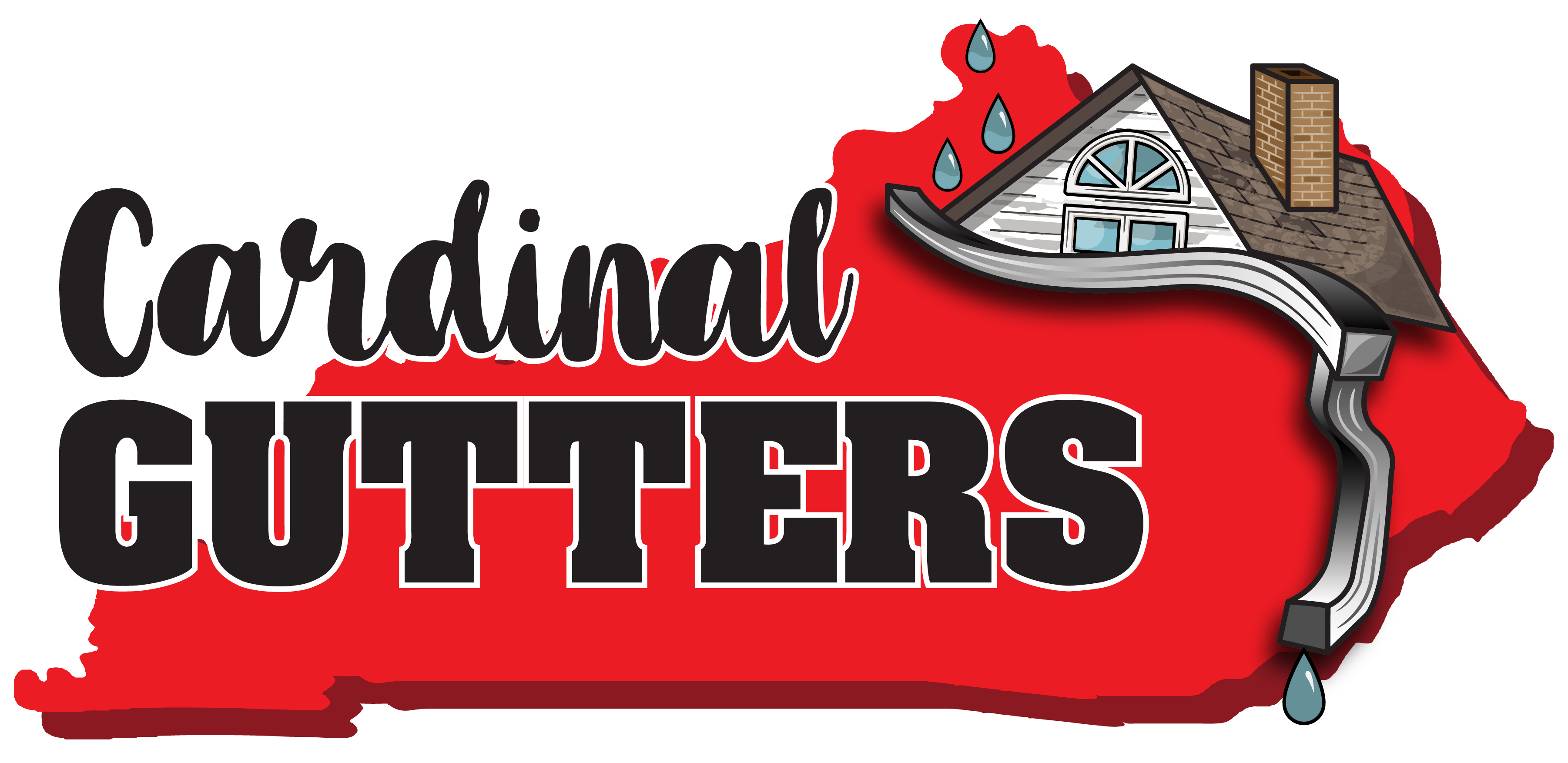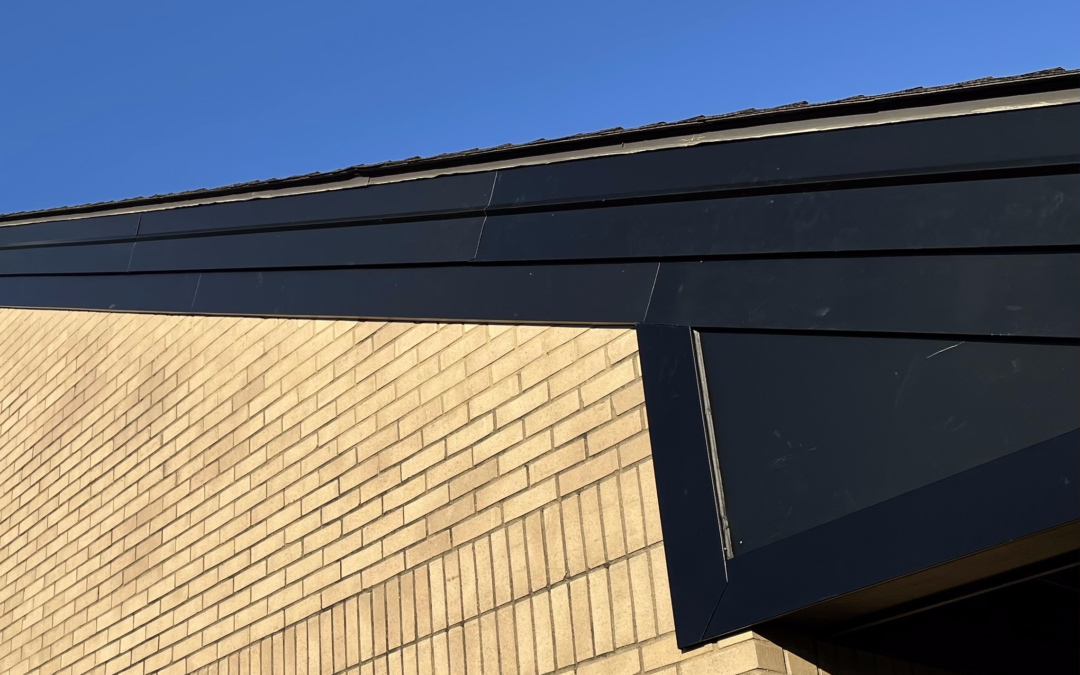In today’s home improvement landscape, understanding every component that contributes to your property’s durability and curb appeal is essential. This blog post offers an in-depth, purely informational look at vinyl soffit—a modern, low-maintenance option for covering the underside of roof overhangs. Cardinal Gutters, based in Louisville, Kentucky, is proud to share expert insights into vinyl soffit without making any commitments or promises regarding services.
What Is Vinyl Soffit?
Vinyl soffit is a type of exterior finishing material installed along the underside of the roof’s overhang. Traditionally found in eaves, its purpose is twofold: to protect the roof’s structural components from weather exposure and to provide a sleek, finished appearance. Unlike wood or aluminum alternatives, vinyl soffit offers notable advantages such as enhanced durability and minimal upkeep.
Key Features:
- Weather Resistance: Engineered to withstand moisture, insects, and UV damage.
- Low Maintenance: Requires little to no painting or sealing over its lifespan.
- Aesthetic Versatility: Available in a range of colors and styles to suit various architectural designs.
- Cost Efficiency: Offers a budget-friendly solution without sacrificing performance.
The Benefits of Vinyl Soffit
Understanding the benefits of vinyl soffit can help homeowners appreciate its role in protecting and beautifying their homes. Here are some primary advantages:
Enhanced Curb Appeal
Vinyl soffit provides a clean and modern finish that discreetly covers the underside of the roof overhang. Its streamlined appearance can complement both traditional and contemporary home designs, boosting overall curb appeal.
Improved Attic Ventilation
Many vinyl soffit systems are designed with integrated ventilation options. Proper attic ventilation is crucial for regulating temperature, preventing moisture buildup, and potentially enhancing energy efficiency throughout your home.
Durability and Longevity
Vinyl is inherently resistant to common issues such as rot, warping, and insect infestation. This durability makes it an excellent choice for homeowners in varied climates, including the diverse weather conditions experienced in Louisville, Kentucky.
Ease of Installation
Thanks to its lightweight nature and user-friendly design, vinyl soffit is often favored by both DIY enthusiasts and professionals. Interlocking panels or continuous boards simplify the installation process, making it a manageable upgrade for many homeowners.
Energy Efficiency
By promoting consistent attic ventilation, vinyl soffit can play an indirect role in maintaining comfortable indoor temperatures. While energy savings may vary based on multiple factors, effective ventilation can contribute to a more energy-efficient home environment.
Types and Styles of Vinyl Soffit
Vinyl soffit is available in several forms, allowing homeowners to choose a style that aligns with their aesthetic preferences and functional needs:
Perforated Vinyl Soffit
This type features small, strategically placed holes that facilitate ventilation. Perforated vinyl soffit is ideal for climates where airflow is necessary to manage attic temperature and moisture levels.
Solid Vinyl Soffit
Offering a uniform, uninterrupted look, solid vinyl soffit provides a modern finish without perforations. While it may not offer the same ventilation benefits, it can be a great option for areas where airflow is less of a priority.
Customizable Options
Many manufacturers offer customizable vinyl soffit with a variety of color options and textures. These products can mimic traditional materials like wood while delivering the benefits of vinyl, such as reduced maintenance and increased durability.
Understanding the Installation Process
Although this guide is purely informational, it’s helpful to understand the general steps involved in installing vinyl soffit:
- Preparation and Inspection:
Begin by inspecting the underside of your roof’s overhang for any signs of damage. Addressing necessary repairs beforehand ensures a smooth installation process. - Accurate Measurements:
Measuring the length and width of the soffit area is crucial for purchasing the correct amount of material. Precision in this stage prevents material shortages or excess waste. - Ventilation Considerations:
For perforated vinyl soffit, planning for proper airflow is key. This might involve integrating vented panels or additional ventilation components during installation. - Attachment Methods:
Vinyl soffit panels are typically secured with specialized fasteners or clips. The design often allows for a simple, interlocking installation that can be accomplished with basic tools. - Finishing Touches:
Once installed, additional caulking or trimming can help create a seamless look, enhancing the overall appearance of your home’s exterior.
Maintenance and Care for Vinyl Soffit
One of the primary appeals of vinyl soffit is its low maintenance requirements. However, regular upkeep ensures its performance and longevity:
- Routine Cleaning:
Use a soft brush or cloth with a mild detergent to remove dust and debris. This helps maintain the material’s appearance without risking damage from harsh chemicals. - Periodic Inspections:
Check for any signs of wear, such as cracks or warping. Early detection of issues can prevent more extensive damage and prolong the soffit’s lifespan. - Ensuring Clear Ventilation:
For perforated soffit, it’s important to ensure that ventilation holes remain unobstructed by debris like leaves or nest materials. - Professional Advice:
While many maintenance tasks can be handled by homeowners, consulting with a professional periodically can provide insights into long-term care and any emerging issues.
Cost Considerations and Longevity
Vinyl soffit is recognized for offering a balance between upfront affordability and long-term performance. Here are some considerations regarding cost and durability:
- Material Investment:
Vinyl soffit is typically priced competitively compared to traditional materials, making it a cost-effective choice for many homeowners. - Installation Expenses:
Whether opting for a DIY approach or professional installation, understanding the cost breakdown can help in planning your budget effectively. - Long-Term Savings:
Due to its resilience against weather-related damage, vinyl soffit usually requires fewer repairs and minimal maintenance, contributing to long-term savings over time.
Comparing Vinyl Soffit to Other Materials
When evaluating options for soffit materials, it’s helpful to compare vinyl to other common choices:
Wood Soffit
- Advantages: Provides a traditional, natural look with classic charm.
- Drawbacks: Requires regular painting and sealing to prevent decay and insect damage.
Aluminum Soffit
- Advantages: Known for its durability and resistance to rust.
- Drawbacks: Can be prone to dents or scratches and may need occasional repainting to maintain its appearance.
Fiber Cement Soffit
- Advantages: Offers exceptional durability and fire resistance.
- Drawbacks: Heavier and generally more expensive to install compared to vinyl.
Vinyl soffit stands out for its blend of cost efficiency, durability, and minimal maintenance—attributes that make it a popular choice for many homeowners.
Frequently Asked Questions About Vinyl Soffit
Q1: What makes vinyl soffit a popular choice among homeowners?
A: Vinyl soffit offers durability, low maintenance, and a variety of aesthetic options, making it well-suited for a range of climates and home designs.
Q2: How does vinyl soffit contribute to energy efficiency?
A: By promoting proper attic ventilation, vinyl soffit helps regulate indoor temperatures and may reduce overall energy consumption.
Q3: Can vinyl soffit be installed as a DIY project?
A: Many homeowners find the installation process straightforward due to its lightweight and interlocking design, though professional assistance is available if needed.
Q4: What maintenance practices are recommended for vinyl soffit?
A: Regular cleaning, periodic inspections, and ensuring clear ventilation are key practices that help maintain the integrity and appearance of vinyl soffit.
Final Thoughts
Vinyl soffit offers a modern, resilient, and cost-effective solution for homeowners looking to enhance their home’s exterior. From its easy installation to its low maintenance requirements and versatility in design, vinyl soffit is an attractive option for anyone aiming to protect and beautify their property. Cardinal Gutters of Louisville, Kentucky, shares this comprehensive guide purely to inform and educate homeowners about the various facets of vinyl soffit. Remember, this post is intended solely for informational purposes without any commitments or promises regarding services.
Whether you are exploring new options for your home or seeking ways to boost your property’s aesthetic appeal and efficiency, vinyl soffit remains a noteworthy option to consider.

